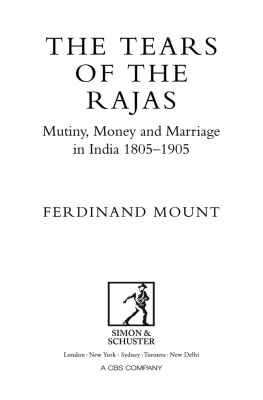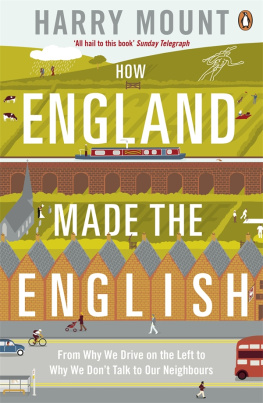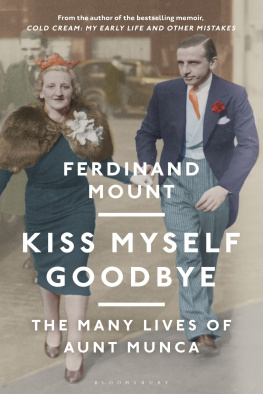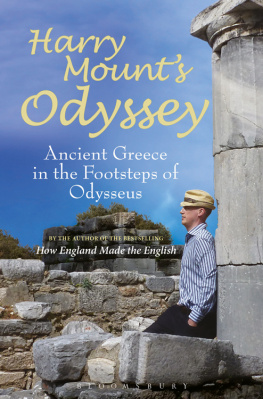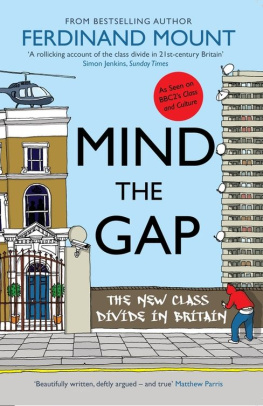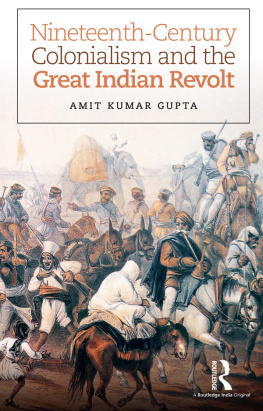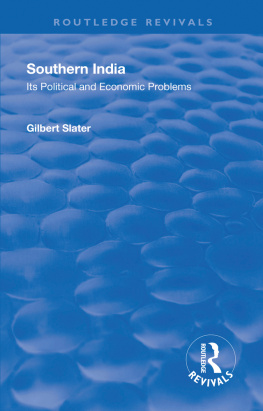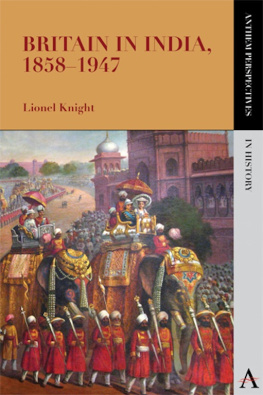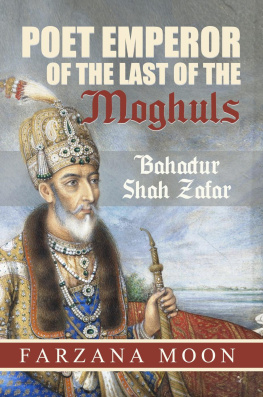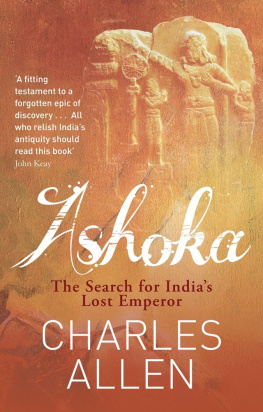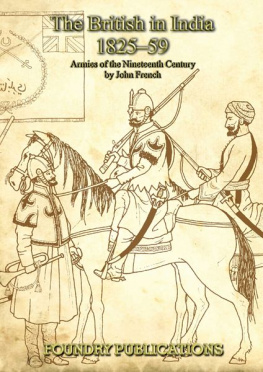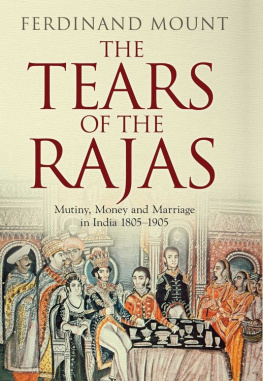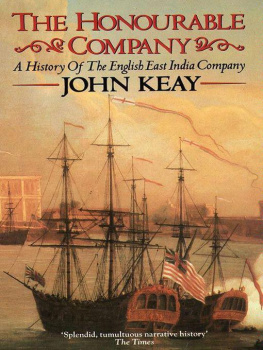THE TEARS
OF THE
RAJAS
ALSO BY FERDINAND MOUNT
NON-FICTION
The Theatre of Politics
Subversive Family
The British Constitution Now
Communism (ed.)
Mind the Gap
Cold Cream
Full Circle
The New Few
FICTION
Tales of History and Imagination
Umbrella
Jem (and Sam)
The Condors Head
A Chronicle of Modern Twilight
The Man Who Rode Ampersand
The Selkirk Strip
Of Love and Asthma
The Liquidator
Fairness
Heads You Win
Very Like a Whale
The Clique
First published in Great Britain by Simon & Schuster UK Ltd, 2015
A CBS COMPANY
Copyright 2015 by Ferdinand Mount
This book is copyright under the Berne convention.
No reproduction without permission.
All rights reserved.
The right of Ferdinand Mount to be identified as the author of this work has been asserted by him in accordance with sections 77 and 78 of the Copyright, Designs and Patents Act, 1988.
Simon & Schuster UK Ltd
1st Floor
222 Grays Inn Road
London WC1X 8HB
www.simonandschuster.co.uk
Simon & Schuster Australia, Sydney
Simon & Schuster India, New Delhi
A CIP catalogue record for this book is available from the British Library
Hardback ISBN: 978-1-4711-2945-2
eBook ISBN: 978-1-4711-2947-6
The author and publishers have made all reasonable efforts to contact copyright-holders for permission, and apologise for any omissions or errors in the form of credits given. Corrections may be made to future printings.
Typeset by M Rules
Printed and bound by CPI Group (UK) Ltd, Croydon, CR0 4YY
For Mary and Pankaj
India had been won by the sword and must be retained by the sword.
Sir John Kaye, History of the Indian Mutiny, Vol I, p 146
The conquest of the earth, which mostly means the taking it away from those who have a different complexion or slightly flatter noses than ourselves, is not a pretty thing when you look into it too much. What redeems it is the idea only. An idea at the back of it; not a sentimental pretence but an idea; and an unselfish belief in the idea something you can set up, and bow down before, and offer a sacrifice to...
Joseph Conrad, Heart of Darkness, Chapter 1
Not that any of them like us much.
John Low to John Russell Colvin, July 23, 1838
I worry about the nightingales
Now that spring has come:
The hunter pitches camp
Right outside the garden.
Khwaja Haidar Ali Atish (17771847)
CONTENTS
INTRODUCTION
Aunt Ursie and the elephants

A ll I have from my grandmother are the two elephants. They are carved out of ebony and though they are less than two feet high, each is as heavy as a five-year-old child. The tusks have long gone from both of them, either fallen out of the sockets or removed for the ivory, if they were ivory, which they probably were. That is a curious thing if you think about it the imitation tusk carved out of the real one. They must have had little ivory toenails as well, but there are none left now in the tiny niches for them. The flaps of their ears have fallen off, too, which is a pity because it would be nice to pinch and fondle them as the mahouts do. Along their backs the warp of time has prised the blocks of ebony apart a little, so you can see how they were put together. Only the little bead eyes are intact, so absurdly small compared to the rest of the body. They seem to peer out with a rheumy suspicious gaze.
I used to ride on the elephants when I was a child and they were in my grandmothers house. My father said he had ridden on them in his grandfathers house when he was my age. It was that greatgrandfather of mine, Malcolm Low, who had brought the elephants back from India in 1874 when he was invalided out of the Indian Civil Service. My own children tried to ride on them, too, but none of them stuck on for long. The same thing with my grandchildren. Four generations of us sliding off and now and then getting hurt when the elephant fell over and bruised our toes. The trouble is that elephants dont have a saddleback like a horse, which is why you need a howdah, unless you ride them well forward, just behind the ears, as the sahibs used to and the Indians do, and even then, with our elephants, you slide over the bony forehead because they are really not quite big enough for even a child to ride.
I remember how disappointed I was when I slid off, because I had just read, or had read to me, the story Toomai of the Elephants in The Jungle Book, and there was an illustration of little Toomai lying flat out on Kala Nags back so that no swinging branch can sweep him off as they go crashing through the jungle to the secret place where the elephants gather for their wonderful dance which very few men have ever seen.
The story, like other great childrens stories, is the adventure of a child on his own in a hidden world unknown to grown-ups. But it is also a parable of liberation. For Kala Nag, like some of the other elephants dancing and trumpeting in the jungle, is really an escaped beast of burden, who normally has a leg-chain shackling him to a post. He remembers pushing a gun stuck in the mud before the Afghan War of 1842 with a big leather pad on his forehead. On the march into Upper India he had carried 12 cwt of tents. He had been hoisted on a steam crane to be shipped to Africa where he had carried a mortar on his back to the war in Abyssinia. Then he had been taken to Burma to haul big baulks of teak in the timberyards at Moulmein. Elephants were the heavy hauliers of Empire.
Long before Kiplings day, the elephant was adored by the British in India. In a country which was perennially strange and potentially hostile, the elephant sometimes seemed
The ebony elephants were not the only feature of my childhood which came back from India. There was also my great-aunt Ursie, my grandmothers elder sister. The two sisters were only a year apart, but while my grandmother was born in South Kensington after Malcolm had come home, Ida Mary Ursula Low was born at Pachmarhi while he was still Commissioner of the Nerbudda Districts. Pachmarhi was and still is a delightful hill station, the Queen of the Satpura Mountains. It was a miniature Simla, where the officials of the Central Provinces retired in the hot season to recover their health, write up their voluminous reports, delight in the streams and waterfalls, marvel at the ancient cave paintings and bag the occasional tiger. This was the picturesque paradise that Aunt Ursie knew only as a baby. For she came to England with the ebony elephants, still only half their size.
There was, alas, nothing picturesque about Aunt Ursie. She was the classic maiden aunt. You might have found her in the pages of E.M. Forster, either peering inside an Indian cave or pouring tea in a Surrey rectory. She looked not unlike Miss Marple as played by Joan Hickson and she wore tweed in various shades of oatmeal and beige. She was tactless, either by nature or because living on her own had made her insensitive to others, or a bit of both. While benign in her intentions, after only a short visit to any of her three nephews, she got on everyones nerves. She asked probing questions on subjects which none of them wanted to talk about, such as divorce or German rearmament. Her great-nieces called her The Aunt.
Next page
